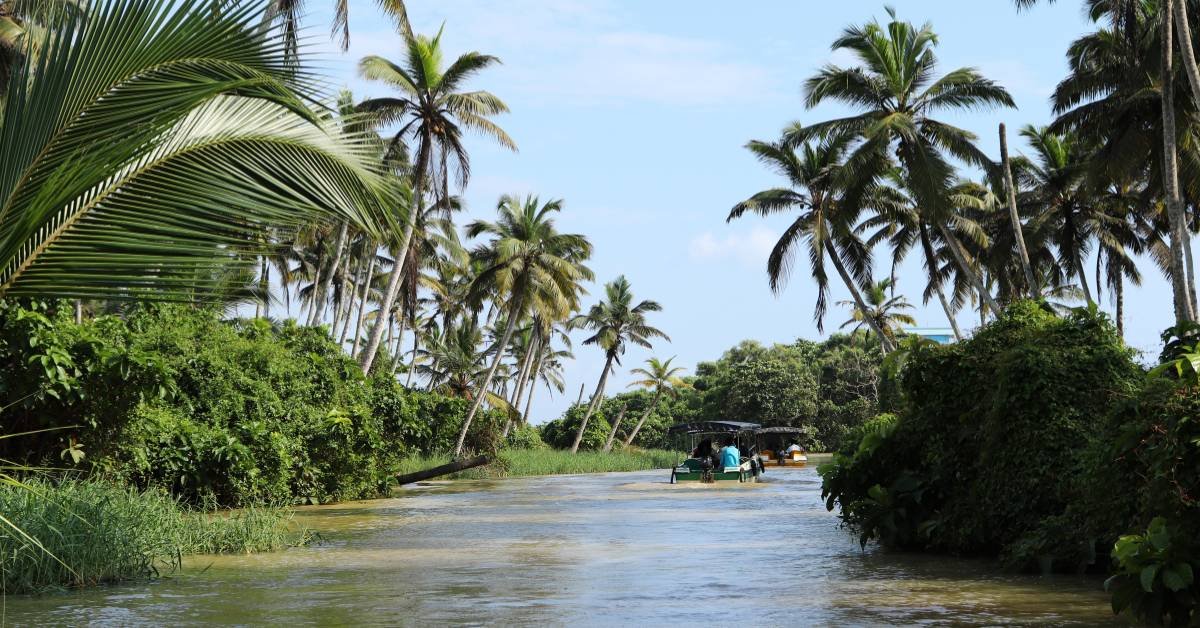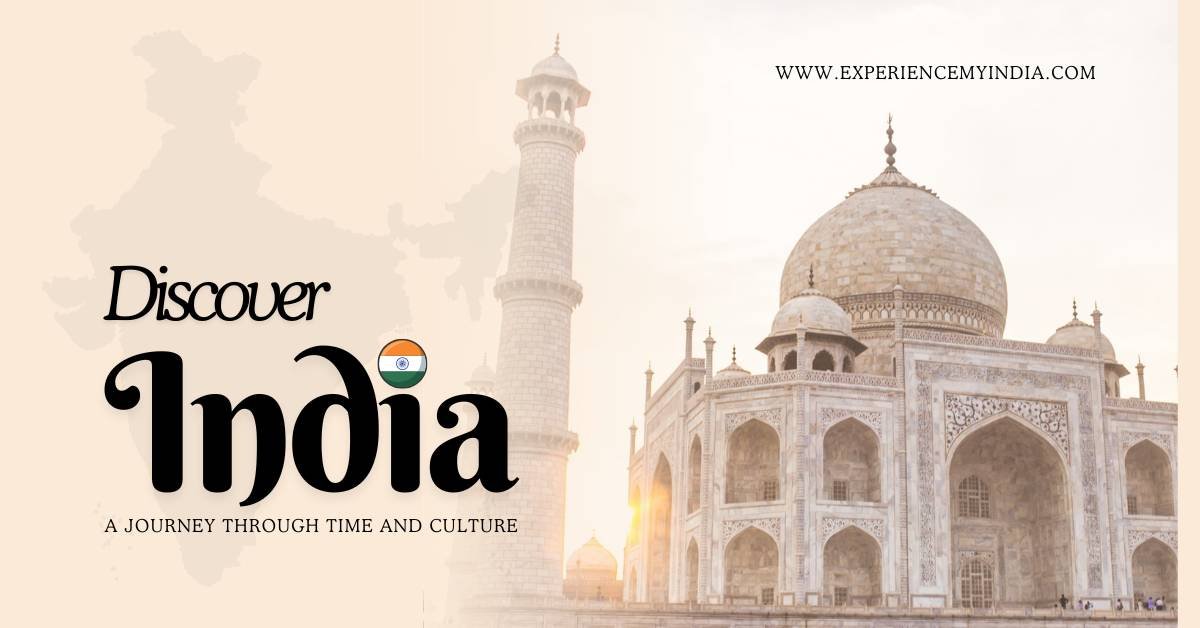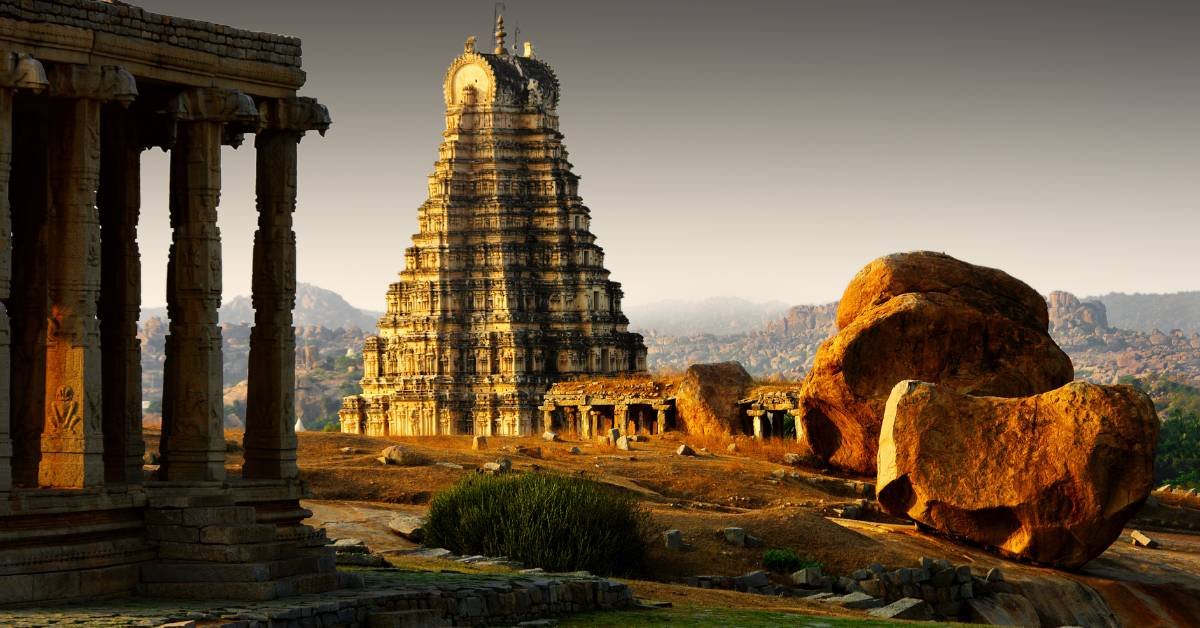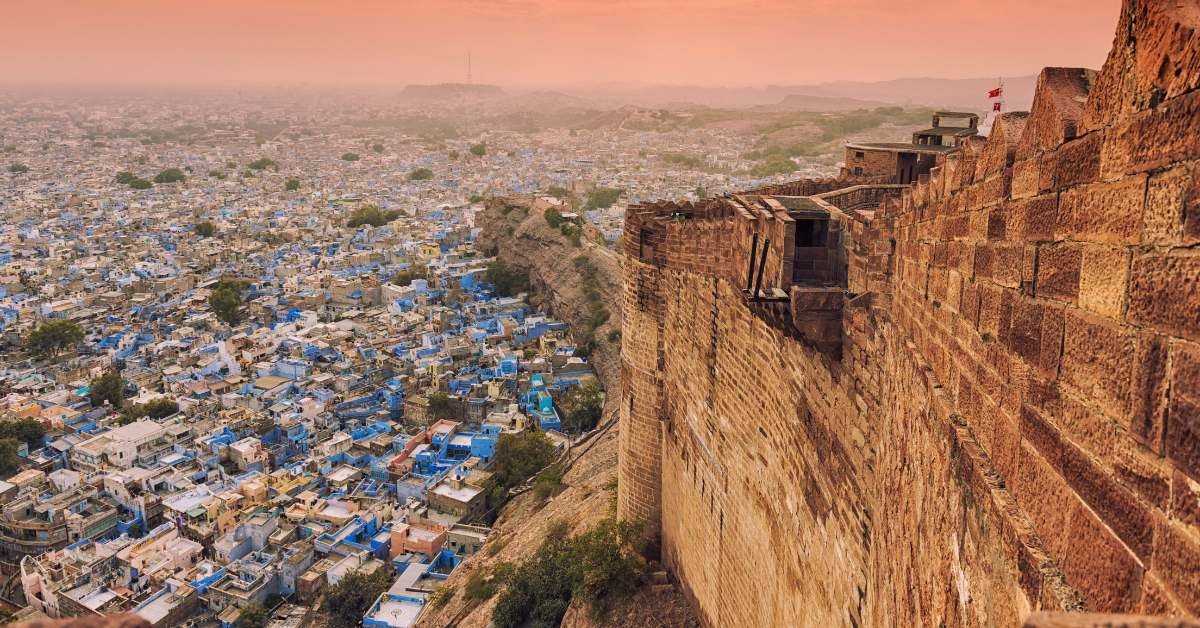When you hear the name Jagannath Temple in Puri, you don't just imagine a temple — you imagine centuries of faith, timeless rituals, breathtaking miracles, and a living energy that pulls millions from across the world.
Visiting the Jagannath Temple in Puri is not a tourist activity. It’s a life experience that touches your soul.
Here’s everything you need to know before you embark on this beautiful spiritual journey.
What Makes the Jagannath Temple in Puri One of the Most Sacred Temples in India?
- The Spiritual Aura:
The Jagannath Temple in Puri is one of the Char Dhams (four sacred pilgrimage sites) established by Adi Shankaracharya, considered the gateway to salvation. - The Timeless Faith:
Every year, over 2 million devotees visit to get a glimpse (darshan) of Lord Jagannath, believing that even one look at Him cleanses all sins. - The Living Deities:
The idols of Jagannath, Balabhadra, and Subhadra are considered ‘living gods’ — unlike stone idols, they are made of wood and are said to have breath and life. - Quick Story:
Lord Vishnu is believed to take the form of Jagannath to bless His devotees in Kali Yuga — our current era.
What is the Mysterious History Behind the Deities of Jagannath Temple in Puri?
- Divine Sculptor Story:
Legends say that Lord Vishwakarma (the divine architect) agreed to carve the deities on the condition that he wouldn’t be disturbed. But the impatient King Indradyumna interrupted him, and thus the idols remained incomplete — leading to the unique, unfinished form of Jagannath. - Nabakalebara – The Body Renewal:
Every 12–19 years, the deities are secretly replaced in a mystical event called "Nabakalebara," where a rare neem tree (Daru Brahma) is chosen based on sacred signs like symbols of a conch, chakra, mace, and lotus. - Special Note:
No one, not even the temple priests, can see the old body being transferred. Those who do are believed to face instant death. - 2025 Update:
The next Nabakalebara is expected around 2034, but special preparations start early, even 5–6 years before.
How Grand and Symbolic is the Rath Yatra of Jagannath Temple in Puri?
- The Festival of Chariots:
Rath Yatra is not just an event, it’s the soul of Puri. It symbolizes Lord Jagannath coming out of the temple to bless everyone — not just those who come inside. - The Three Chariots:
- Nandighosha for Lord Jagannath (16 wheels)
- Taladhwaja for Balabhadra (14 wheels)
- Darpadalana for Subhadra (12 wheels)
- The Rituals:
Before the Rath Yatra, the deities are bathed in 108 pitchers of scented water (Snana Purnima), then they fall "sick" and remain unseen for 15 days (Anavasara), after which they come out for Rath Yatra. - Unique Fact:
The King of Puri (Gajapati Maharaj) sweeps the chariots with a golden broom, showcasing the ultimate lesson of humility. - 2025 Rath Yatra Date:
Scheduled on 29th June 2025.

What Architectural Secrets Hide Within Jagannath Temple in Puri?
- Kalinga Style Marvel:
The temple stands at 65 meters, built from massive stone blocks without using modern cement or technology. - Mystical Facts:
- The temple’s shadow disappears at noon — no shadow is cast on the ground.
- The flag atop the main dome always flaps against the direction of the wind.
- The Sudarshan Chakra at the top appears to be facing you no matter where you stand.
- Ancient Science:
The temple kitchen is the largest in the world and follows a steam-cooking method where 56 dishes are cooked daily using firewood.
How Does a Typical Day at Jagannath Temple Look Like?
- 4:00 AM - Mangala Aarti:
The deities are woken up with sacred chants. - 5:00 AM to 1:00 PM – Public Darshan:
Devotees throng to catch a glimpse of the Lords. - 2:00 PM - Bhoga offering:
Huge quantities of Mahaprasad are cooked and distributed. - 4:00 PM - Evening Darshan:
The deities are decorated and ready for evening prayers. - 8:00 PM – Sandhya Dhupa:
Grand aarti and offering ceremony. - 11:00 PM - Pahuda:
The Lords are put to sleep. - Special Tip:
Try attending the Pahuda ceremony to witness one of the most beautiful daily rituals.
What is Mahaprasad and Why is it so Revered?
- The Divine Food:
Mahaprasad is prepared without tasting by anyone and is considered sacred. It is offered first to Lord Jagannath and then to Goddess Bimala before being served to devotees. - Massive Scale:
About 1 lakh devotees are fed daily without any food wastage — a miracle in itself. - Popular Items:
Rice, dal, kheer, khaja, pakhala (fermented rice), ghee-soaked sweets. - Where to Get It:
- Ananda Bazaar (inside temple complex)
- Special Mahaprasad counters outside during Rath Yatra.
- Unique Ritual:
Mahaprasad is eaten together by people of all castes and religions without discrimination.
How Can You Reach Jagannath Temple in Puri Smoothly?
- By Air:
Bhubaneswar Airport (Biju Patnaik International Airport) is 60 km away. Direct taxis are available to Puri. - By Train:
Puri Railway Station is well-connected to Delhi, Kolkata, Mumbai, Chennai, and other major cities. - By Road:
Smooth highways connect Puri to Bhubaneswar, Cuttack, and other parts of Odisha. - Local Tip:
Cycle rickshaws and auto-rickshaws are best for short distances inside Puri town. - Pilgrimage Special Trains:
Indian Railways often announces special Rath Yatra trains. Stay updated for 2025 announcements.
Where Should You Stay When Visiting Jagannath Temple in Puri?
- Luxury Stays:
- Mayfair Heritage Puri
- Sterling Puri Beach Resort
- Budget Hotels:
- Hotel Holiday Resort
- Victoria Club Hotel
- Pilgrim Dharamshalas:
- Shree Gundicha Bhakta Nivas
- Panthanivas Puri (Government-run guesthouse)
- Special Tip:
Choose hotels near Swargadwar or Chakratirtha Road for beach proximity and temple access.
FAQs About Jagannath Temple in Puri
1. Why is the Jagannath Temple in Puri famous worldwide?
It is famous for being a Char Dham pilgrimage site, its mysterious rituals, Rath Yatra, and sacred Mahaprasad.
2. Can non-Hindus enter Jagannath Temple in Puri?
No, non-Hindus cannot enter the temple but can view it from the nearby library roof.
3. What is Rath Yatra and why is it important?
Rath Yatra is the ceremonial chariot procession where Lord Jagannath visits devotees outside the temple — symbolizing universal acceptance.
4. When is the best time to visit Jagannath Temple in Puri?
October to March offers pleasant weather, while Rath Yatra (June-July) is the grandest experience.
5. What miracles are associated with the temple?
The reversing flag, disappearing shadows, and the Sudarshan Chakra's optical illusion are famous miracles.
6. How is Mahaprasad different from other temple foods?
It is cooked without tasting, served without caste distinction, and believed to have divine blessings.
7. How do you participate in temple rituals?
Participate in darshan, offer flowers, and receive Mahaprasad after visiting the Ananda Bazaar.
8. How far is Puri Beach from Jagannath Temple?
Only about 2 kilometers — perfect for a post-darshan relaxation walk.
9. Are mobile phones allowed inside?
No, all electronic devices must be deposited outside before entering the temple.
10. How early should I book hotels during Rath Yatra?
At least 3–4 months before the Rath Yatra to avoid last-minute rush and high prices.
Conclusion
The Jagannath Temple in Puri is a timeless gateway between earth and the heavens. It’s a place where devotion meets mystery, rituals blend with miracles, and every heartbeat echoes the name of the Lord Himself.
Contact Experience My India Today:
📞Call Us: +91 7037550028
📲WhatsApp Us: +91 7037550028
🌐Visit Our Website: Experience My India













